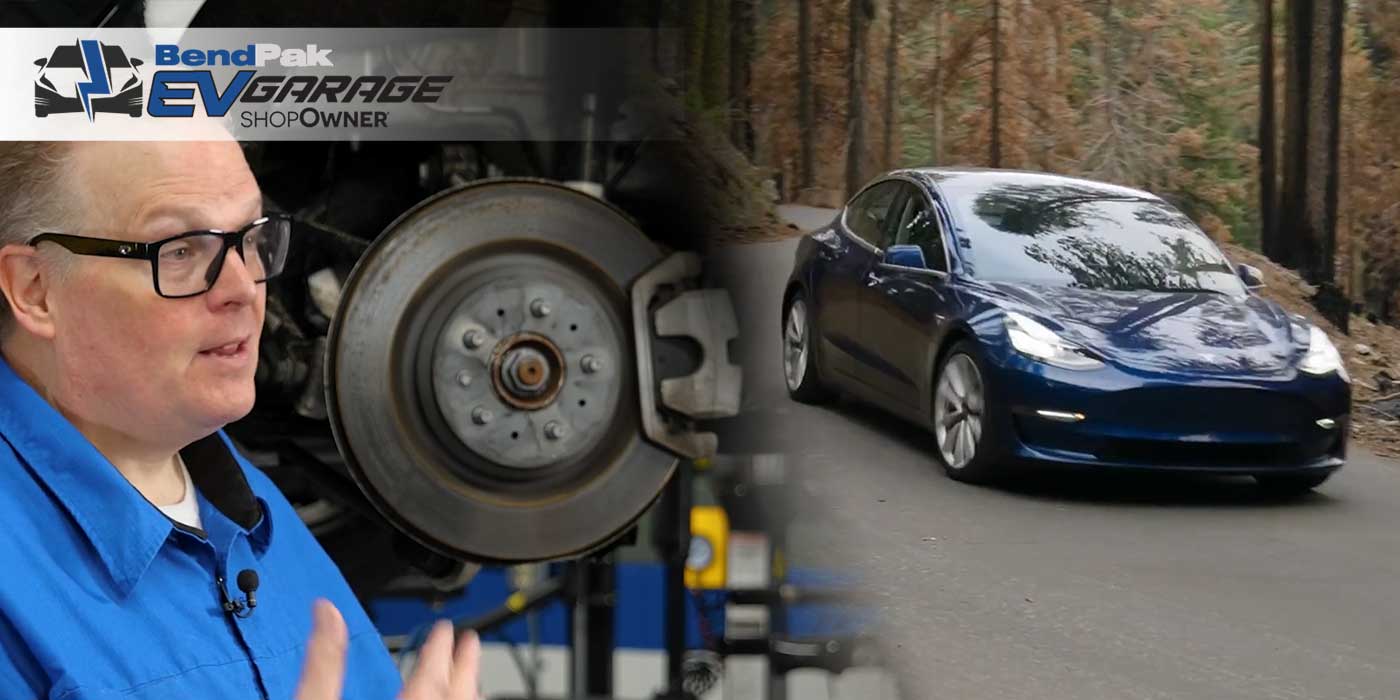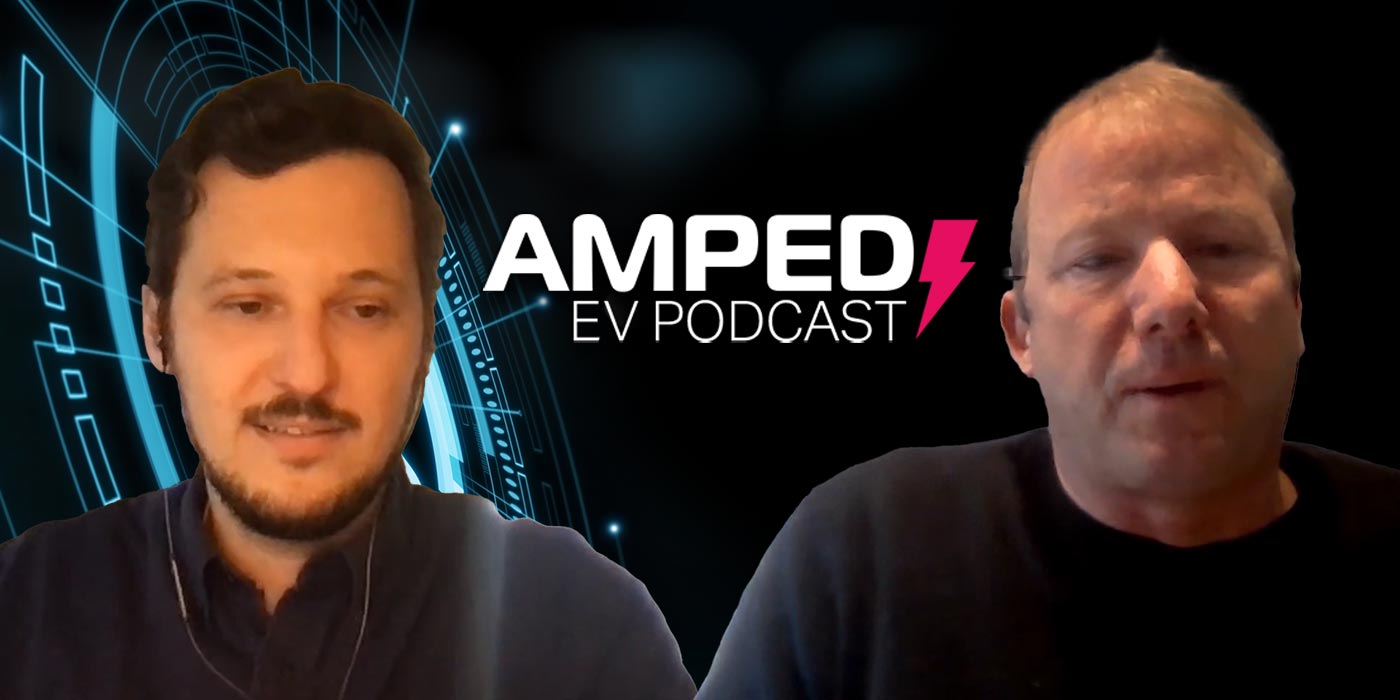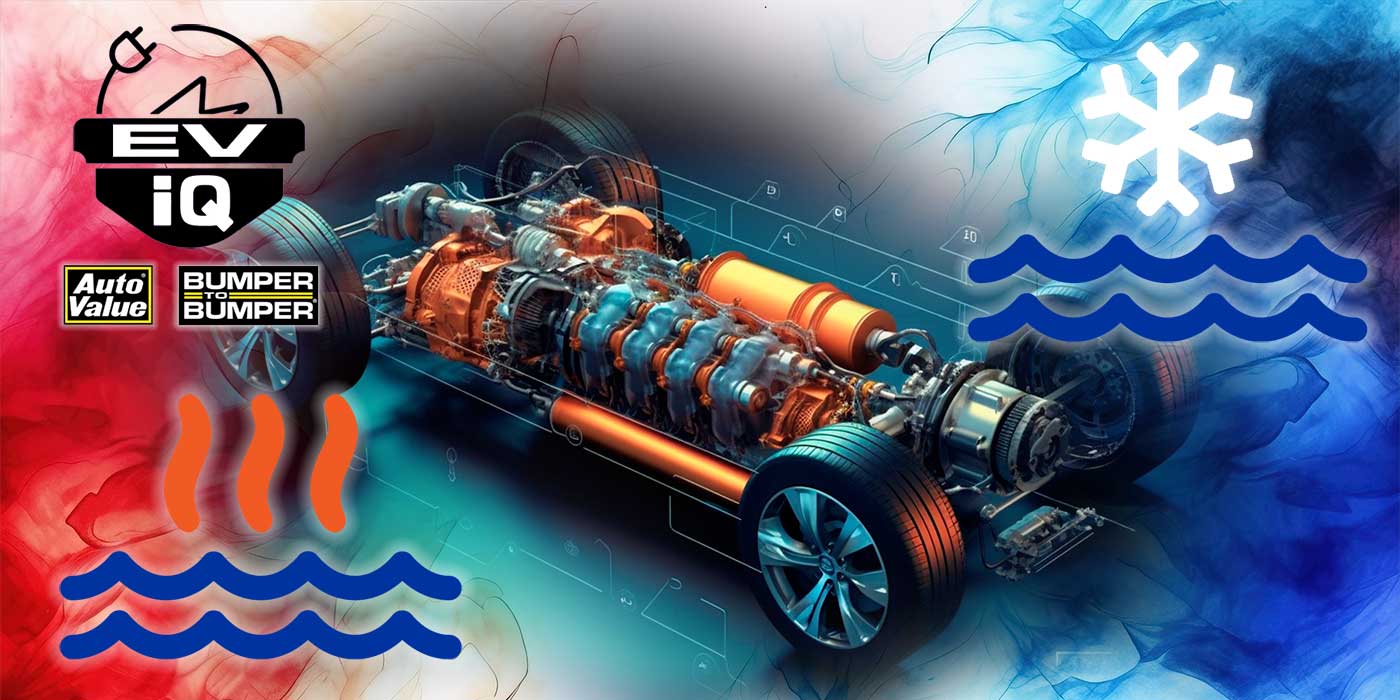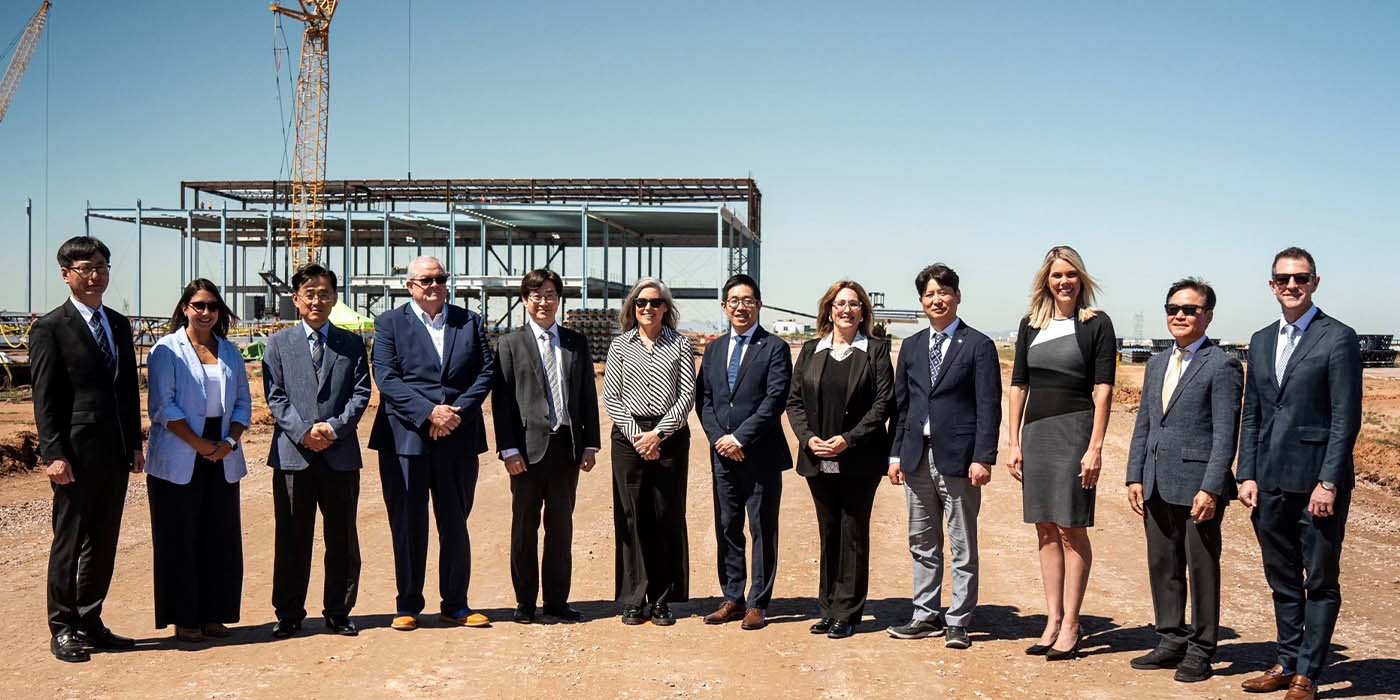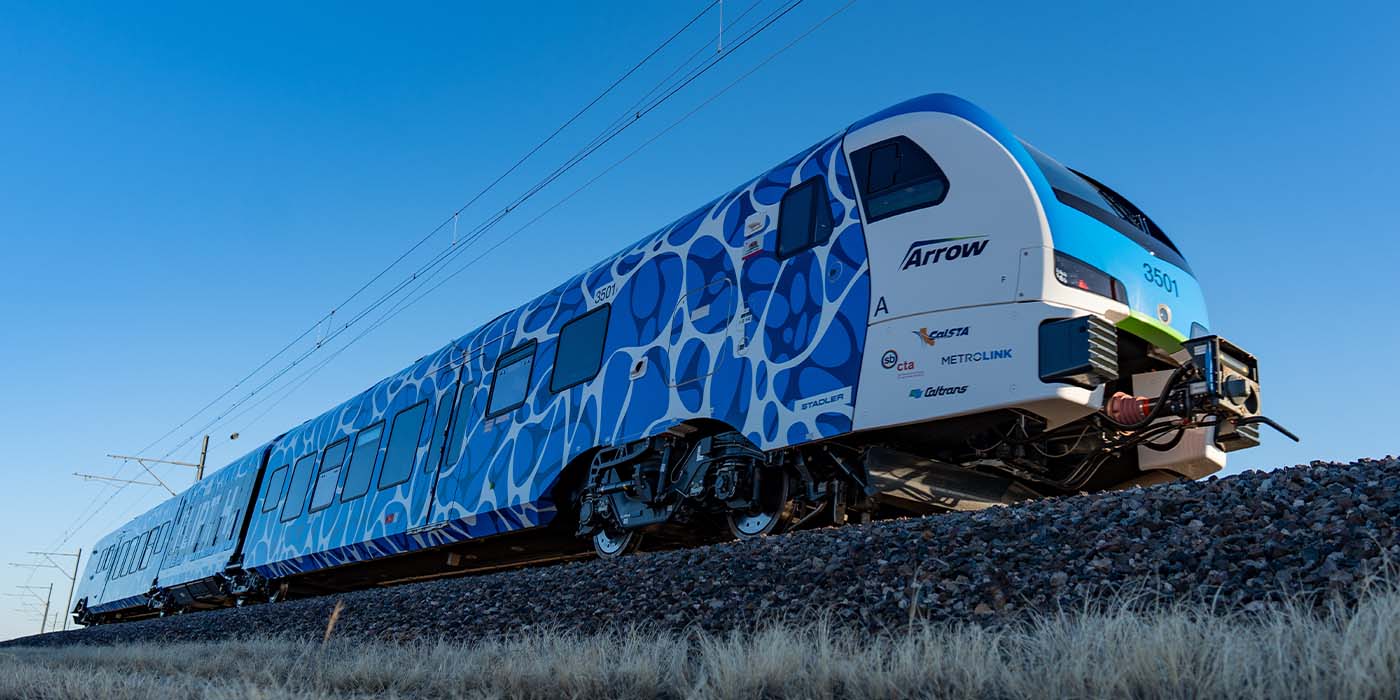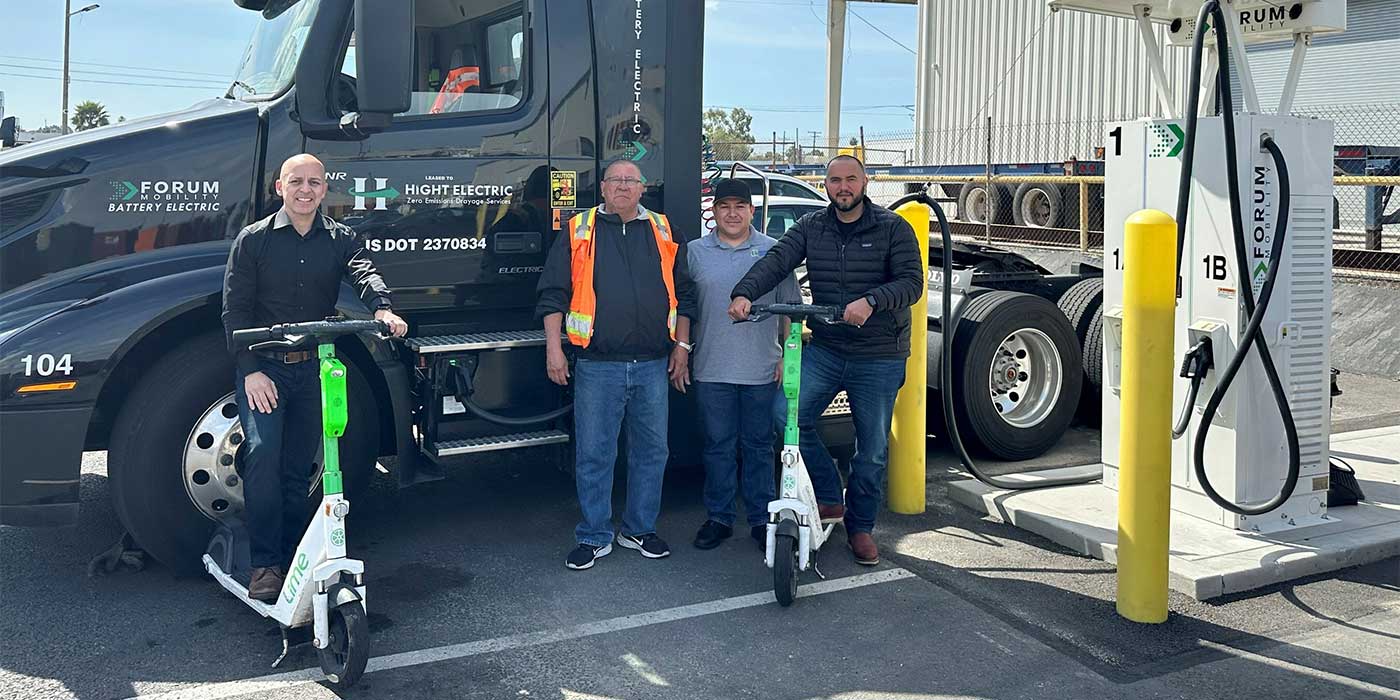The North American Council for Freight Efficiency recently coined the term “messy middle.” It refers to a time we’re in right now that will likely run into the 2030s, in which battery electric trucks might make sense for certain fleets, but maybe not for others – and this means fleets are finding other methods for reaching low- or zero-emissions goals, such as hydrogen fuel cell technologies.
While many alternative fuel options exist for fleets today, we can see that hydrogen fuel cells and battery electric are emerging as two of the most promising options for the future of commercial fuel. In general, as the technology stands today, battery electric is well suited for regional delivery, whereas hydrogen electric fuel cell-driven powertrains are better poised for long-haul applications.
So, major trucking OEMs generally aren’t putting all their chips on battery electric. Instead, most are considering all available fuel sources, and are investing in developing vehicles with a range of fuel technologies to cast a wide net regarding the needs of fleets today.
But, don’t get me wrong, the investment in battery electric trucking keeps growing. Interestingly, despite what I just said about what sustainable fuels are viable for what types of commercial trucks, truck manufacturers are constantly making electrification announcements for trucks of all classes, even Class 8. The past year or so, especially, has really opened our eyes to the appetite to make electric heavy-duty trucks a sight on American roadways.
Here are a few examples of what we’re seeing from some of the major truck OEMs: This past April, Daimler Trucks North America opened its order books for its all-electric Class 8 Freightliner eCascadia and Class 6 & 7 eM2. Production will start on these vehicles in 2022.
Capping off a busy fall of electric truck-related announcements, Kenworth announced a battery electric version of its Class 8 T680 truck. This was the third electric vehicle Kenworth has announced in 2020, following the K270E and K370E medium-duty models.
Mack Trucks recently delivered a pre-production Mack LR Electric model to Republic Services to begin in-service trials in real-world refuse routes.
In early November, Peterbilt’s Model 579EV became available for customer order, with production expected in Q2 of this year. This follows the announcement of Peterbilt’s Model 220EV last summer.
And, in early October, Hino Trucks announced “Project Z,” outlining its plans to develop and release several zero-emissions vehicles over the next few years, including battery electric trucks.
Of course, I’ve only looked so far at some of the major commercial trucking OEMs. There are, of course, no shortage of emerging players in this space today. And, we haven’t even started talking about manufacturers of components, like batteries and eAxles, playing a huge role in the advancement of electric truck development.
When it comes to electrification, the big question for everyone from fleets to truck OEMs to aftermarket suppliers is the same: What will be the adoption rate? It’s a tough question, but experts in this space are getting closer to uncovering the answers.
Volvo Trucks North America, which opened orders for its VNR Electric regional haul truck in December, has spent the better part of the past two years learning what it takes to run electric trucks through its LIGHTS program. It’s a partnership between the Volvo Group, California’s South Coast Air Quality Management District, and industry leaders in transportation and electrical charging infrastructure.
During a media event in February, Volvo Trucks’ president, Peter Voorhoeve, explained there are a several important factors that need to be considered when it comes to increasing electric truck adoption rates from an OEM’s point of view. In his words:
“First of all, we look at those geographical areas in North America where there are good reasons to start with electric vehicles. That also needs to be supported with an incentive structure. The depreciation of electric trucks, especially now in the beginning regarding asset value, is higher than diesel trucks. In order to gain momentum, we need to have an incentive structure that helps us to take that initial step to accelerate into an electric transport environment.
“At the same time, we also need to look at infrastructure, including customers and dealers who are interested in electric vehicles. We need to talk with the utility companies because getting the chargers on site and getting permits takes some time. Then, of course, and this may be the most important thing: companies that have a sustainability agenda will drive and lead the journey towards electromobility and towards zero-emission transport solutions.”
All in all, there are parallel issues between the consumer and commercial world when it comes to the adoption of electrification: components and infrastructure. Adoption rates are growing, but until obstacles around charging infrastructure and limited range are addressed, for many, the benefits of electrification don’t quite outweigh the barriers – yet.
My name’s David Sickels, and this is The EV Impact Show. See you next time.






